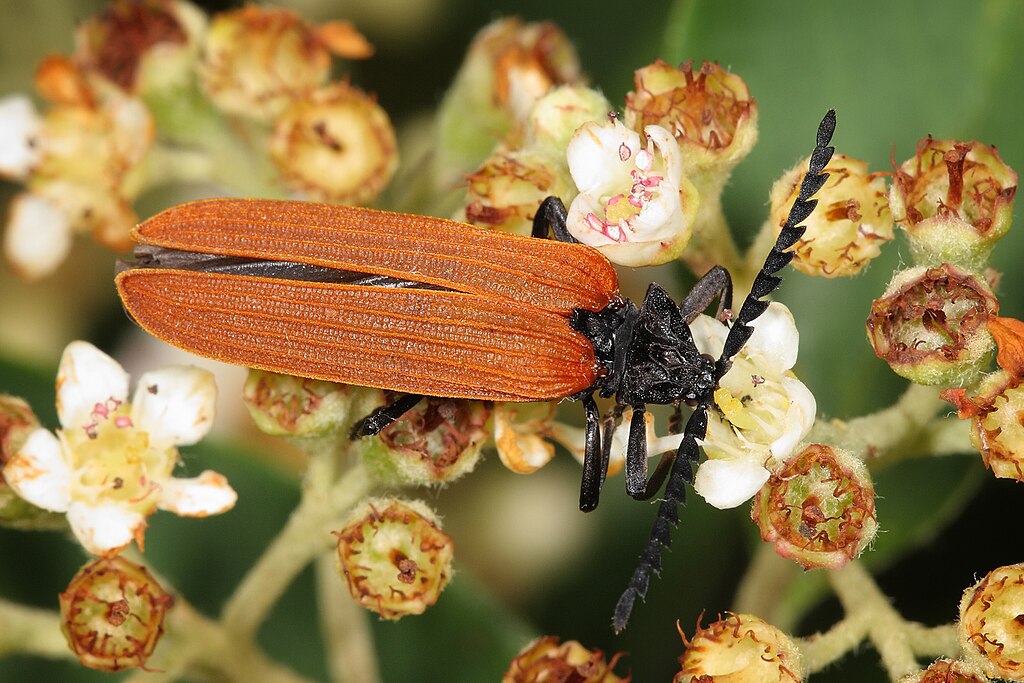In the vast and intricate world of insects, a perpetual battle of survival unfolds—an evolutionary arms race where predators and prey constantly adapt to outmaneuver each other. This biological competition, spanning millions of years, has produced some of nature’s most fascinating adaptations and counter-adaptations. Like an endless game of biological chess, each evolutionary move by predatory insects triggers responsive countermoves by their prey. This dynamic has led to extraordinary developments in physical characteristics, behaviors, defensive chemicals, and hunting strategies. The insect world provides perhaps the most dramatic and diverse examples of evolutionary arms races on our planet, playing out across countless species and habitats. From the lightning-fast strikes of mantids to the elaborate disguises of stick insects, these evolutionary contests have shaped insect biology in profound ways and continue to drive adaptation at remarkable speeds.
The Concept of Evolutionary Arms Races
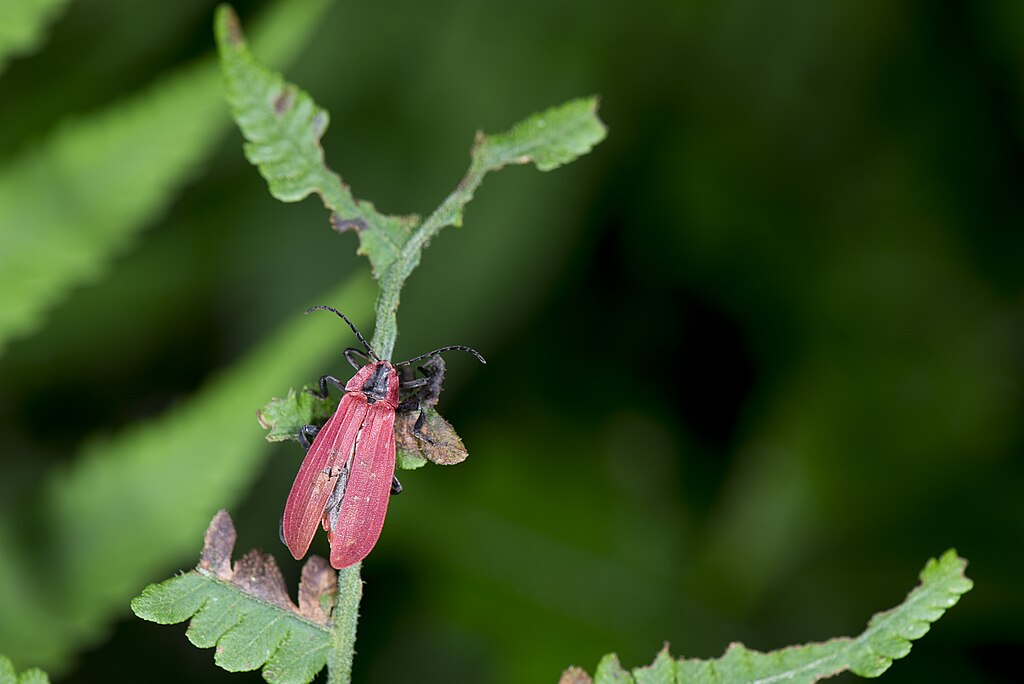
An evolutionary arms race describes the ongoing struggle between competing groups of organisms, where adaptations in one group select for counter-adaptations in another. In the insect world, this manifests as predatory insects evolving more effective hunting mechanisms, while prey species simultaneously develop increasingly sophisticated defenses. This concept, first formalized by evolutionary biologist Leigh Van Valen in his “Red Queen Hypothesis,” suggests that organisms must continuously adapt and evolve not merely to gain reproductive advantage, but simply to survive against ever-evolving opponents. The name references Lewis Carroll’s Red Queen character who tells Alice, “It takes all the running you can do to keep in the same place”—a perfect metaphor for evolutionary pressure. These evolutionary contests drive much of the astounding diversity we see in insects today, with each adaptation representing a solution to specific survival challenges posed by adversaries.
Chemical Warfare: Toxic Defenses and Counter-Strategies
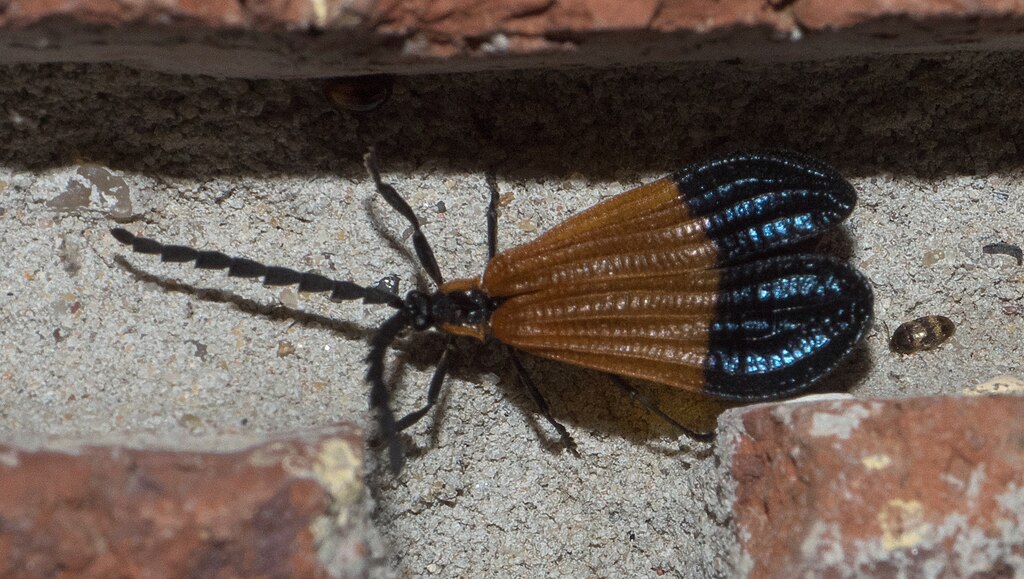
Chemical weaponry represents one of the most sophisticated battlegrounds in insect evolutionary conflicts. Beetles in the Lycidae family produce cyanide compounds that make them lethally toxic to predators, while monarch butterfly caterpillars sequester cardenolides from milkweed plants, rendering themselves poisonous to birds. In response, certain predators have evolved remarkable detoxification mechanisms—some mantids can consume monarch butterflies by carefully removing the most toxic body parts, while specialized beetles have developed enzymes that neutralize specific plant toxins. The bombardier beetle exemplifies chemical defense sophistication, mixing hydrogen peroxide and hydroquinones in a specialized chamber to create an explosive, boiling chemical spray directed at attackers with remarkable precision. These chemical adaptations represent millions of years of refinement through natural selection, with each successful defense driving predators to develop new hunting strategies or physiological countermeasures.
Camouflage and Mimicry: The Art of Deception
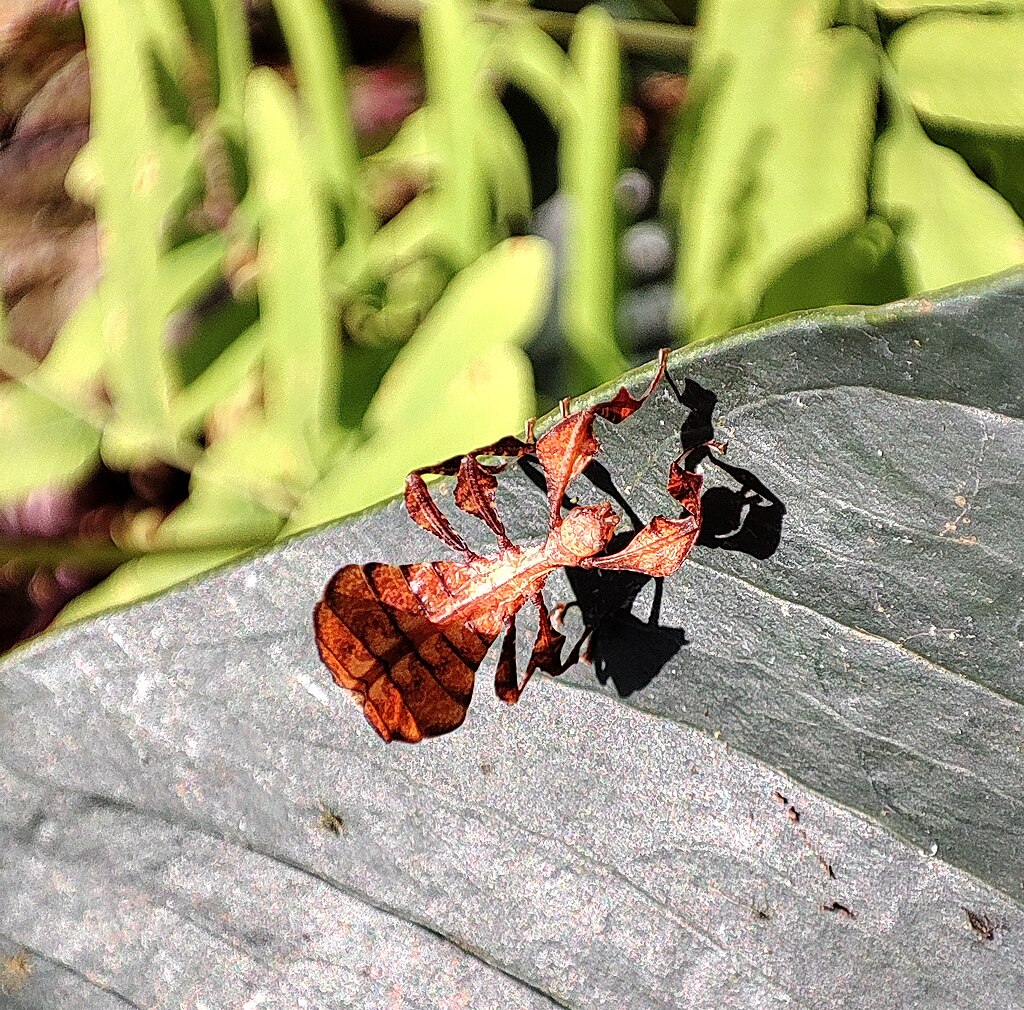
Camouflage and mimicry stand among the most visually striking outcomes of insect evolutionary arms races. Leaf insects (Phyllidae) have evolved bodies that mimic leaves with extraordinary detail—complete with apparent leaf damage, veins, and discoloration that make them virtually invisible when motionless on their host plants. In response, predatory insects like mantids have developed heightened visual acuity and pattern recognition capabilities to detect the slightest movements or inconsistencies in their prey’s disguise. Batesian mimicry, where harmless species evolve to resemble dangerous ones, appears frequently—hoverflies mimic the warning coloration of wasps and bees, gaining protection despite having no sting. Müllerian mimicry occurs when multiple dangerous species converge on similar warning patterns, as seen in various toxic butterflies that share distinctive wing patterns, effectively teaching predators to avoid any insect with that appearance. These visual deception strategies evolve with remarkable precision, often targeting the specific visual capabilities of their main predators.
Speed and Agility: The Pursuit Predators
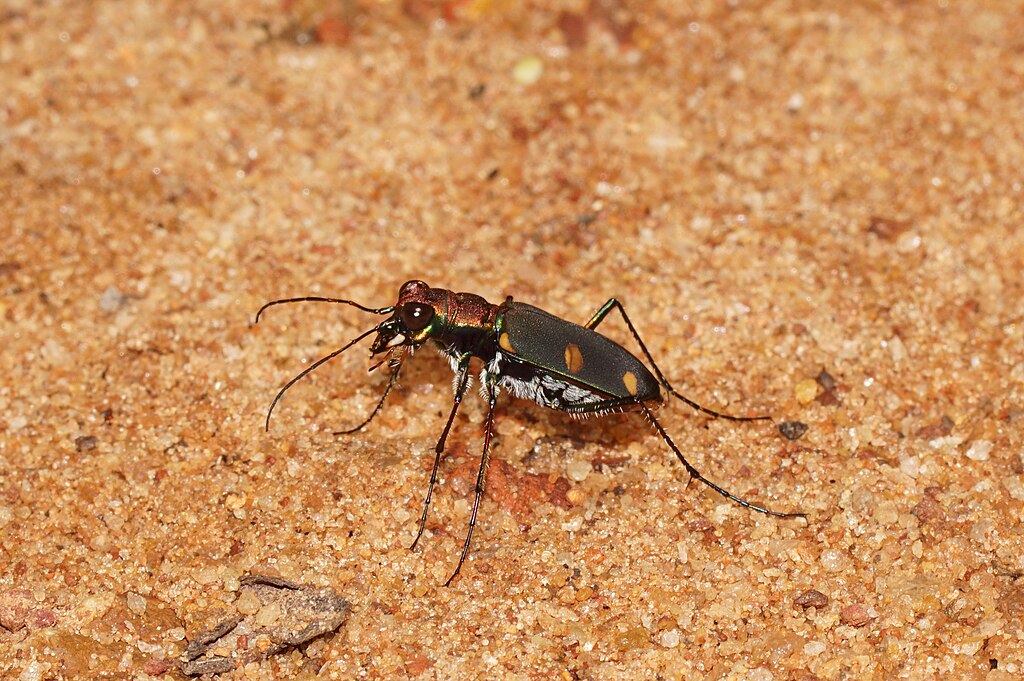
The evolutionary contest of speed has produced some of the most impressive physical capabilities in the insect world. Tiger beetles (Cicindelinae) can run at speeds of up to 125 body lengths per second—equivalent to a human running at 480 miles per hour—requiring vision processing so rapid that they actually go momentarily blind during pursuit. In response, prey insects like crickets and flies have developed hair-trigger escape responses, with specialized neural circuits dedicated solely to detecting predator approach and initiating evasive action within milliseconds. Dragonflies represent aerial pursuit perfection, with the ability to calculate interception courses for flying prey and success rates exceeding 95% in some hunting scenarios. This speed-based arms race has driven the evolution of specialized sensory systems—prey species often develop exquisitely sensitive mechanoreceptors that can detect even the slightest air movements caused by an approaching predator, while predators evolve strategies to minimize these telltale signals.
Armor and Weaponry: Physical Defenses
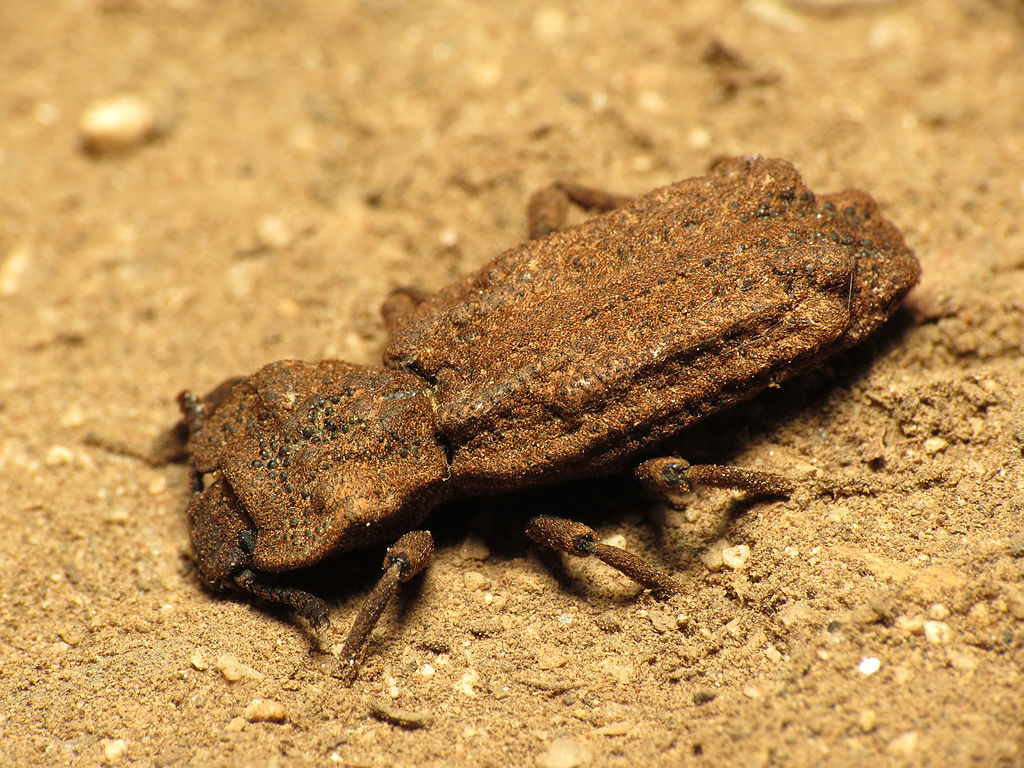
Physical protection represents a fundamental evolutionary strategy in the predator-prey arms race. Many beetles have evolved extraordinarily hard exoskeletons that can withstand tremendous crushing force—the ironclad beetle (Nosoderma diabolicum) can resist forces up to 39,000 times its body weight through specialized interlocking structures in its exoskeleton. In response, predators like certain ants have developed mandibles capable of generating extreme force or injecting formic acid to bypass physical defenses. Spines and hairs serve both protective and sensory functions—many caterpillars have evolved urticating (irritating) hairs that break off and embed in predators’ tissues, causing intense pain or allergic reactions. The evolutionary countermeasure appears in predators like cuckoo wasps, which have developed thickened cuticles specifically in areas that contact prey defenses. This physical dimension of the arms race demonstrates remarkable material engineering, with both offensive and defensive adaptations often approaching the theoretical limits of what biological materials can achieve.
Behavioral Adaptations: Hiding and Hunting
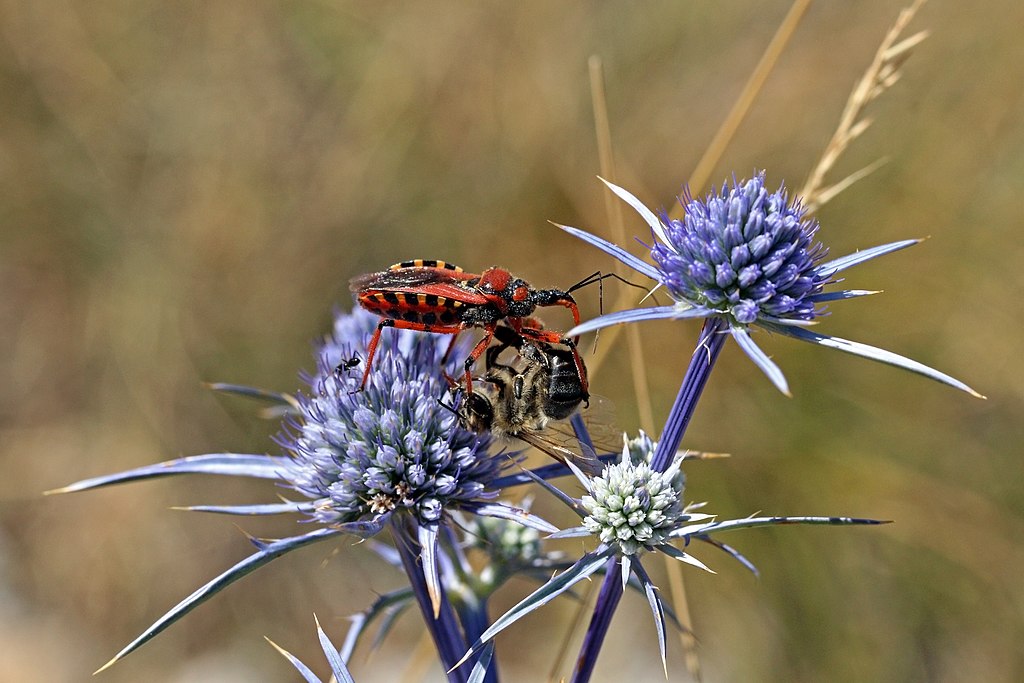
Behavioral strategies represent a crucial dimension in evolutionary arms races, often complementing physical and chemical adaptations. Ambush predators like assassin bugs have evolved remarkable patience, remaining motionless for hours while waiting for prey to approach, then striking with explosive speed using their rostrum to inject paralyzing saliva. In defense, many caterpillars have developed complex behaviors like dropping from plants on silk threads when they detect vibrations from approaching predators, or regurgitating partially digested food with deterrent compounds when disturbed. Group defensive behaviors emerge in social insects—when threatened, some caterpillar species synchronize their movements, rearing up simultaneously to appear larger and more threatening to potential predators. The trap-jaw ant demonstrates how behavior and morphology co-evolve, using specialized mandibles that snap shut at speeds exceeding 140 mph—the fastest known movement in the animal kingdom—triggered by sophisticated sensory hairs that detect prey movement.
Parasite-Host Dynamics: The Internal Battlefield
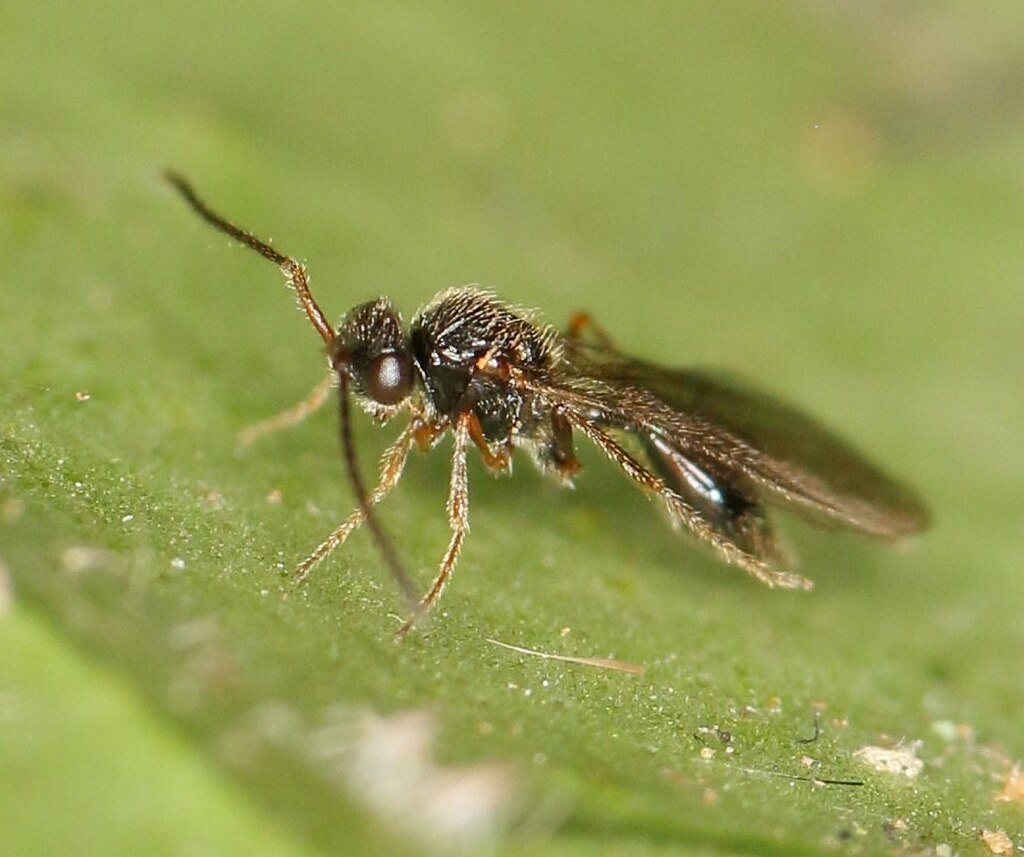
Parasitic relationships represent perhaps the most intimate form of evolutionary arms races in the insect world. Parasitoid wasps have evolved extraordinarily specialized ovipositors to inject eggs into specific host insects, along with venom that manipulates host physiology—some even containing symbiotic viruses that suppress the host’s immune response. Host insects counter with increasingly sophisticated immune defenses, including specialized hemocytes that encapsulate and neutralize foreign bodies, and melanization responses that wall off intruders. The jewel wasp (Ampulex compressa) demonstrates parasitic sophistication by delivering a precise venom injection into specific ganglia in a cockroach’s brain, disabling its escape reflex but leaving it capable of walking when led by the wasp to its nest. Some host insects have evolved to recognize the chemical signatures of parasitoids and employ specific defensive behaviors when they detect them, such as thrashing or dropping from plants. This molecular and immunological battlefield drives some of the most rapid evolutionary adaptations in insects, with defensive and counter-defensive innovations emerging over relatively few generations.
Ant-Plant Mutualisms and Their Exploiters
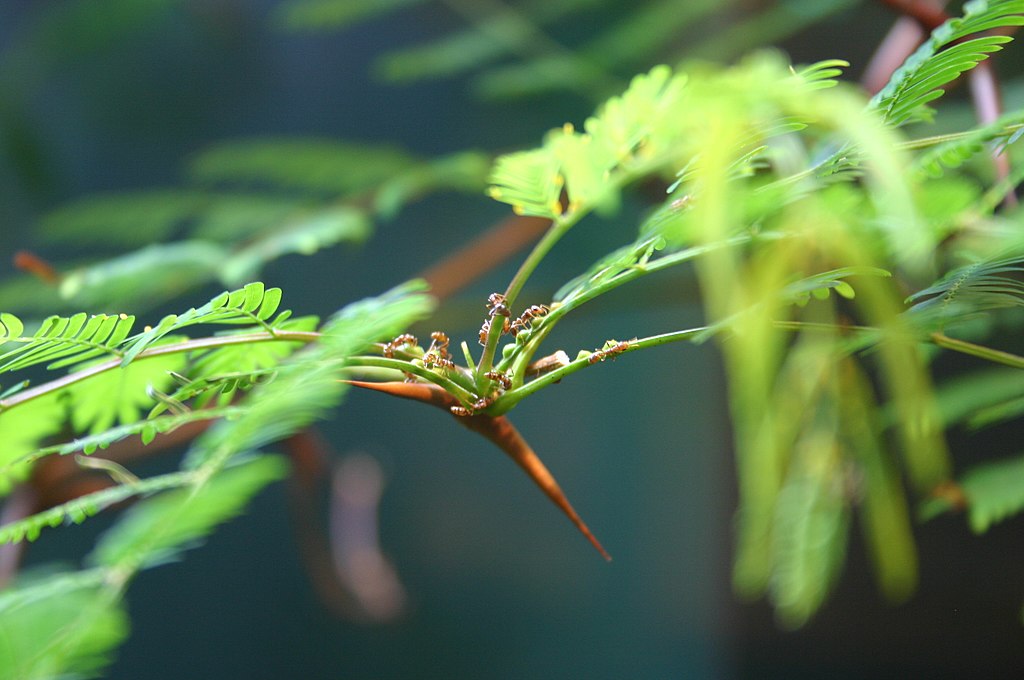
Cooperative relationships between ants and plants create unique evolutionary battlegrounds where specialized predators evolve to exploit these systems. Acacia trees and their mutualistic Pseudomyrmex ants exemplify this dynamic—the plants provide specialized hollow thorns for nesting and produce nutritious Beltian bodies specifically to feed the ants, while the ants aggressively defend the tree against herbivores and even clear competing vegetation around it. However, certain specialized herbivores have evolved to circumvent this defense system—some caterpillars secrete chemicals that mimic the ants’ own recognition pheromones, becoming chemically “invisible” to the plant’s defenders. Other insects have evolved precise timing for feeding or egg-laying during periods when ant activity is reduced. Particularly sophisticated are the numerous butterfly species whose caterpillars have evolved to chemically manipulate ants into protecting them instead of the plant, effectively hijacking the mutualistic relationship. These multi-level evolutionary arms races demonstrate how defensive adaptations can create new ecological niches, which in turn drive further specialized adaptations.
Sensory Warfare: Detection and Evasion
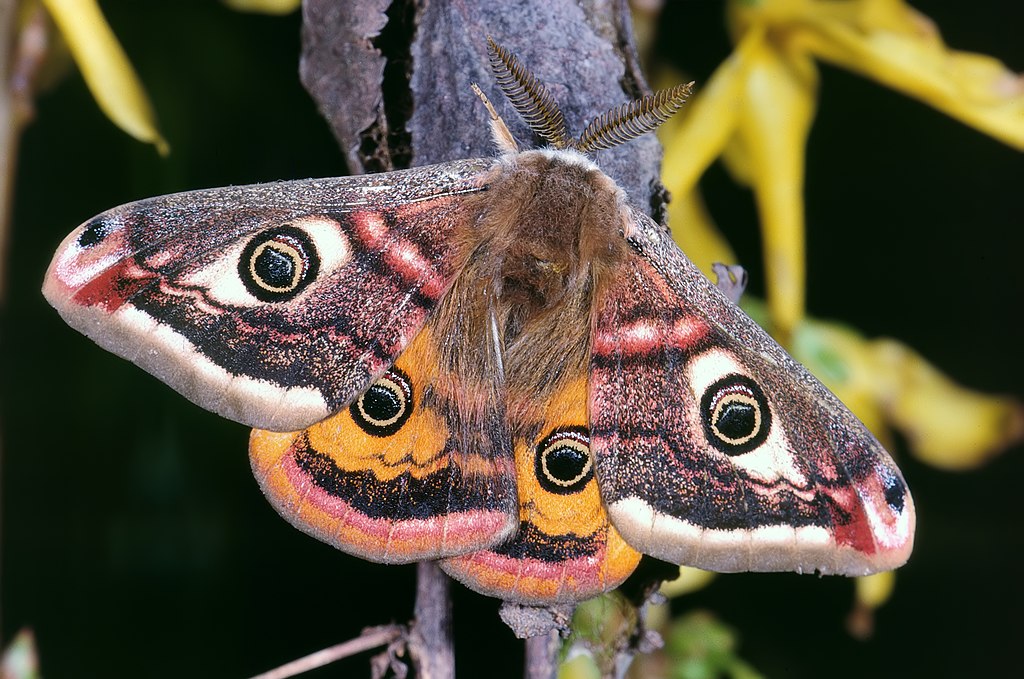
The evolutionary contest between predator detection abilities and prey evasion mechanisms has led to remarkable sensory adaptations. Moths in the Saturniidae family have evolved ears specifically tuned to detect the echolocation calls of bats, triggering erratic evasive flight patterns when predator sonar is detected. In response, certain bats have evolved to emit echolocation calls at frequencies outside the moths’ hearing range or to hunt silently using visual cues. Some tiger moths have gone further by evolving the ability to produce ultrasonic clicks that jam bat sonar or warn of their toxic nature. On the ground, many predatory insects have developed extraordinary sensitivity to substrate vibrations—wolf spiders can detect prey movements through minute vibrations in soil or vegetation, while their prey have evolved to move in ways that minimize these telltale signals. This sensory dimension of the arms race extends to the chemical realm, where prey insects continuously evolve new chemical signatures to avoid detection, while predators develop increasingly sensitive olfactory receptors to detect even trace amounts of prey pheromones or defensive compounds.
Coevolution of Specialist Predators and Prey

When predators specialize on particular prey species, especially intense evolutionary arms races develop, often leading to remarkable specialization on both sides. The relationship between milkweed plants, monarch butterflies, and their predators illustrates this dynamic—milkweeds produce cardenolide toxins to deter herbivores, monarchs evolved to sequester these toxins for their own defense, and certain birds and insects subsequently evolved the ability to tolerate these specific toxins. Ambush bugs (Phymata) that specialize in hunting pollinators have evolved precise color matching to the flowers they hunt from, while their prey have developed increased vigilance specifically around flowers. The assassin bug Acanthaspis petax demonstrates predatory specialization by adorning itself with corpses of ants it has consumed, creating an effective disguise that masks its chemical signature and visual appearance. These specialized relationships drive some of the most rapid evolutionary changes, as selection pressure is particularly intense when species are locked in direct competition with specific antagonists rather than facing generalized threats.
Urban Adaptation: Evolutionary Arms Races in Human Environments
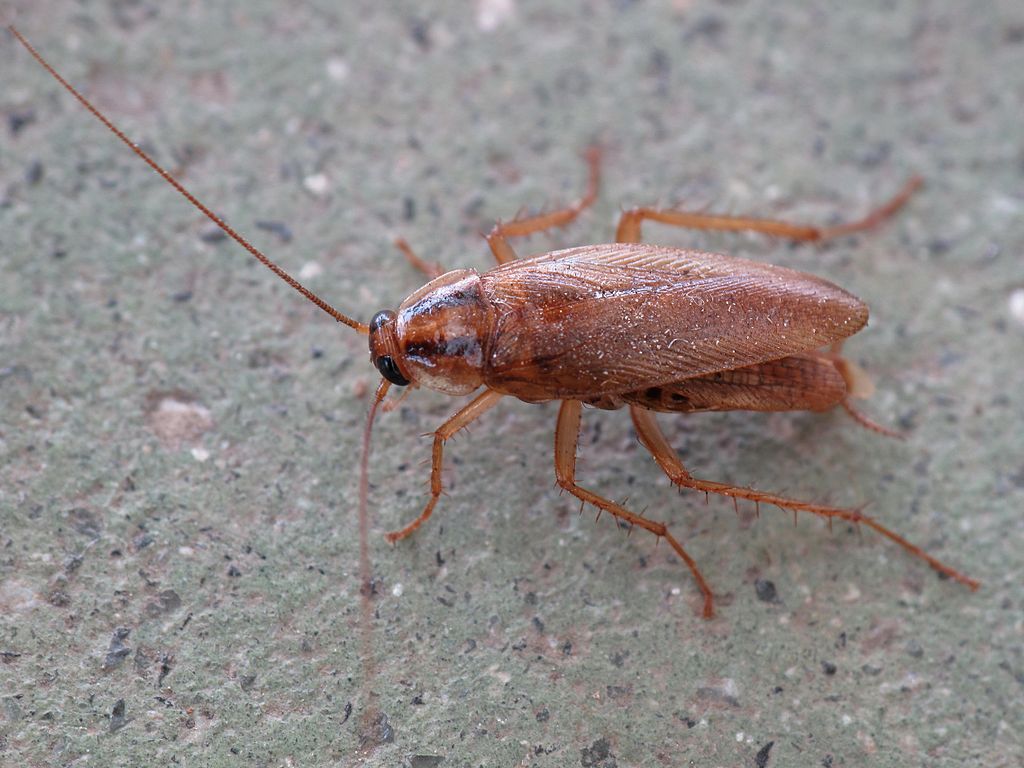
Human-dominated environments create novel selective pressures that are accelerating insect evolutionary arms races in unexpected directions. German cockroaches have evolved resistance to almost every insecticide used against them, with some populations developing aversions to specific bait ingredients within just a few generations—an extraordinarily rapid evolutionary response. Their predators, including house centipedes and certain wasps, are consequently under pressure to evolve new hunting strategies for these increasingly elusive prey. Mosquitoes demonstrate similar adaptive capabilities, with populations in subway tunnels of London evolving into distinct subspecies that no longer require blood meals to produce their first batch of eggs—a remarkable adaptation to underground environments with few vertebrate hosts. Light pollution has created new opportunities for predatory spiders that build webs near artificial lights, while simultaneously driving prey species to evolve reduced attraction to light. These urban adaptations reveal how human activities are creating new evolutionary battlegrounds where the pace of adaptation can be measured in decades rather than millennia, offering unique opportunities to observe evolutionary arms races in real-time.
Climate Change and Shifting Evolutionary Dynamics
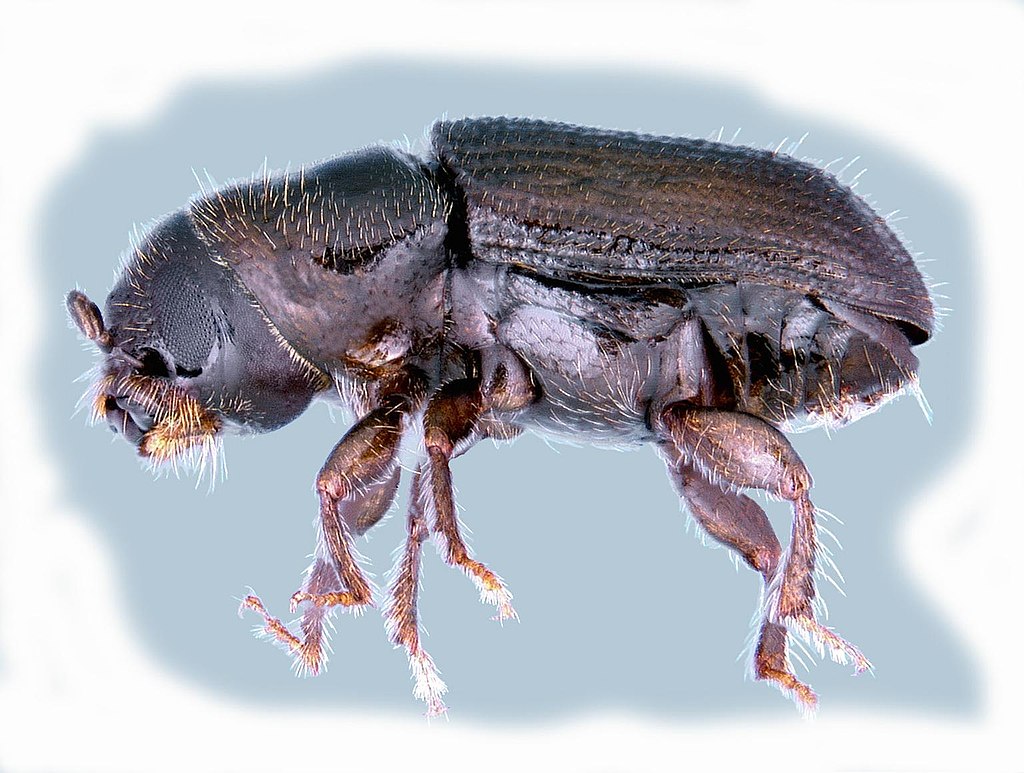
Climate change is fundamentally altering the parameters of insect evolutionary arms races, creating winners and losers as species respond at different rates. Rising temperatures are allowing some predatory insects to expand their ranges into new territories where native prey species have not evolved appropriate defenses—the southern pine beetle has moved northward in North America, encountering pine species with fewer defensive adaptations against its attack. Shifting seasonal patterns are disrupting the synchronized timing between predators and prey that evolved over millennia—some caterpillars now emerge before their host plants have produced leaves, while their parasitoid wasps emerge too late to find hosts at the optimal developmental stage. Heat tolerance is becoming a crucial adaptation, with species capable of withstanding temperature extremes gaining advantages—certain desert-adapted predatory insects are now outcompeting less heat-tolerant species in areas experiencing increased temperatures. These climate-driven changes are accelerating evolutionary adaptation, with some insect species showing measurable evolutionary responses to changing conditions within just a few generations, potentially altering the balance of predator-prey relationships that have been stable for thousands of years.
Evolutionary Insights from Ancient Amber Specimens
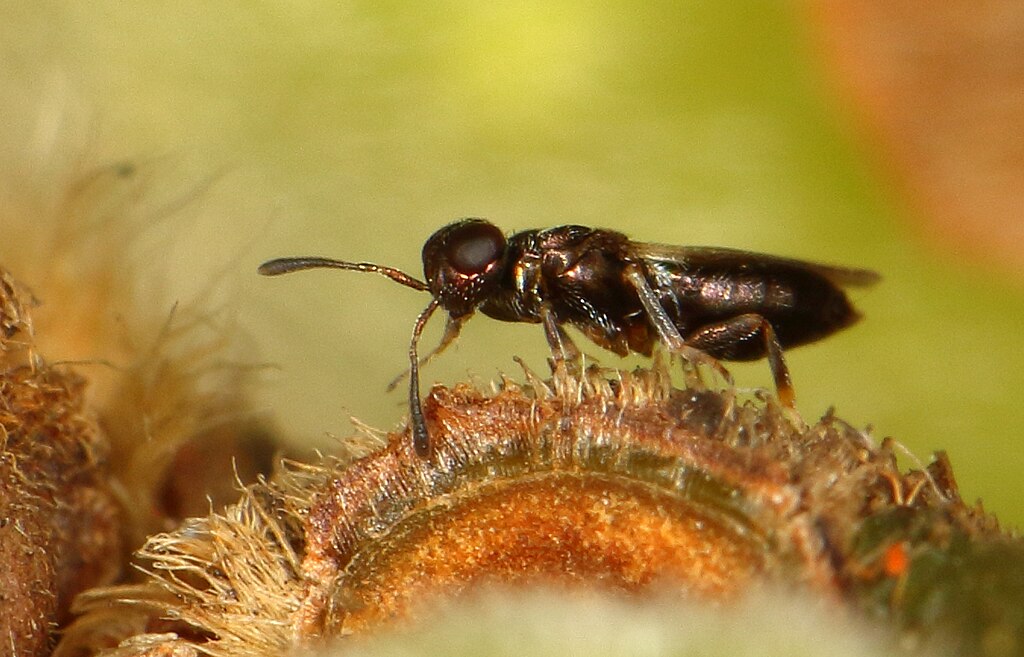
Amber fossils provide extraordinary windows into the evolutionary arms races of ancient insect ecosystems, revealing both how much has changed and how much remains the same. Specimens from 100 million years ago show recognizable predator-prey dynamics, with fossilized assassin bugs preserved in the act of feeding on other insects, demonstrating that their specialized piercing mouthparts evolved early and have remained remarkably similar. Parasitoid wasps found in 40-million-year-old amber show ovipositors virtually identical to modern species, suggesting that once certain evolutionary adaptations reach optimal functionality, they can remain stable over vast time periods. Perhaps most revealing are fossils showing evidence of defensive adaptations—amber from the Dominican Republic contains ants with greatly enlarged mandibles similar to modern trap-jaw ants, indicating this specialized predatory adaptation evolved at least 20 million years ago. These preserved moments from evolutionary history demonstrate that while some adaptations have remained remarkably conserved, the overall diversity of strategies has continued to expand, with modern insects showing even more specialized and complex adaptations than their ancient counterparts—evidence of the continuous, escalating nature of evolutionary arms races.
Conclusion
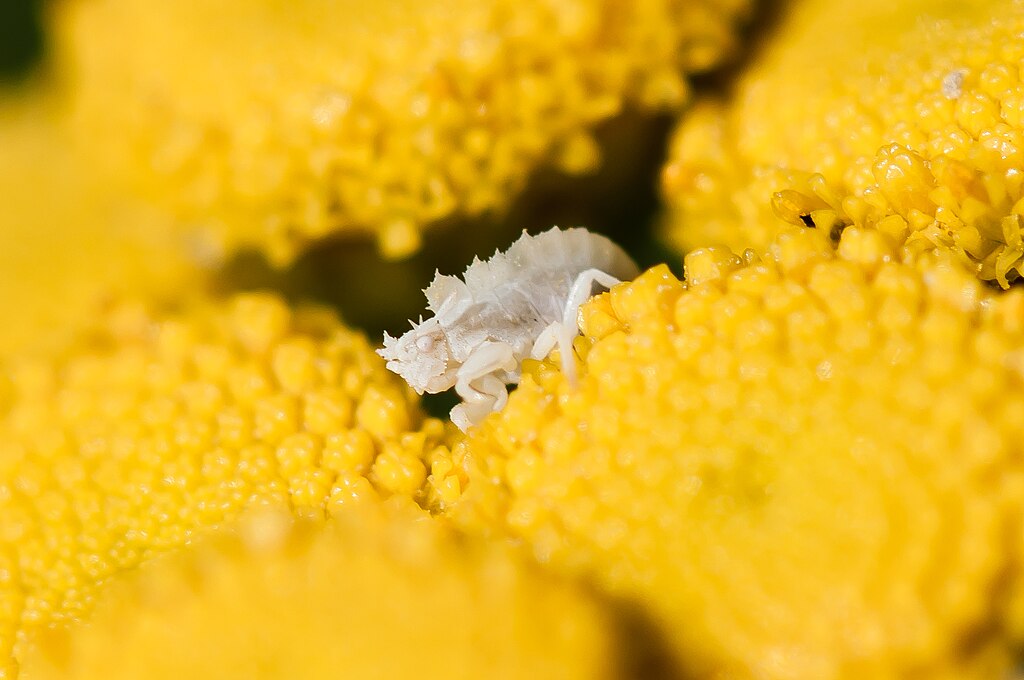
The evolutionary arms race between predatory and prey insects represents one of nature’s most dynamic and innovative processes. From chemical defenses and lightning-fast reflexes to sophisticated camouflage and sensory adaptations, insects have developed an astonishing array of survival strategies. This perpetual competition has driven the diversification of insect species and continues to shape their evolution today, particularly as human-induced changes create new selective pressures. By studying these intricate relationships, scientists gain valuable insights not only into evolutionary mechanisms but also into potential biomimetic applications in technology, medicine, and materials science. As climate change and habitat disruption accelerate, understanding these evolutionary dynamics becomes increasingly important for conservation efforts. The predator-prey arms races among insects, having played out over hundreds of millions of years, represent one of evolution’s greatest spectacles—a testament to the power of natural selection to produce extraordinary adaptations through the endless pursuit of survival.

